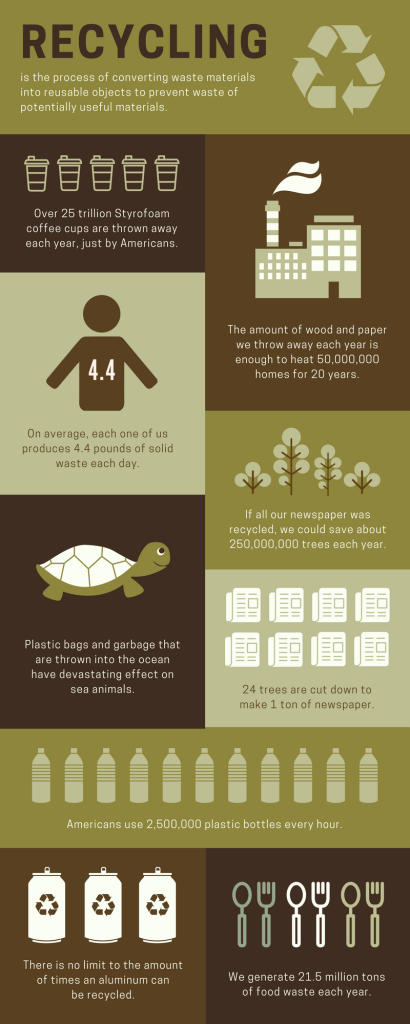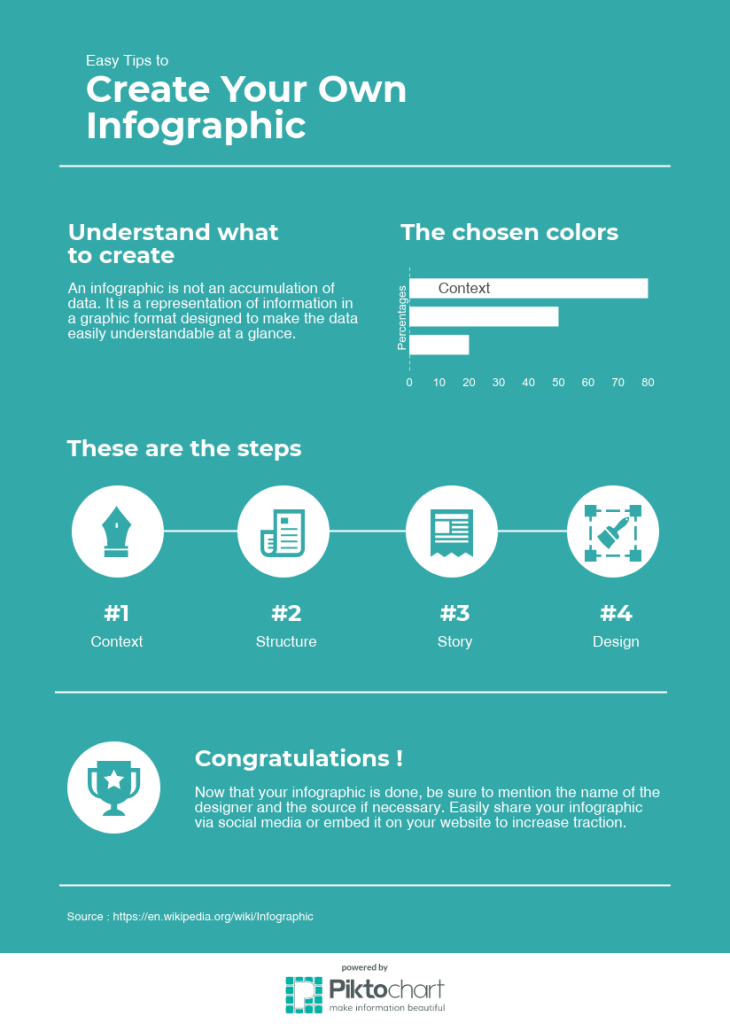4 fun ways to teach facts in primary school

Trying to get information to stick in an engaging and interesting way? Kate Pegum reveals her tried-and-tested methods to help children retain information

- by Kate Pegum

I love teaching skills. I have ideas coming out of my ears to make it fun, exciting and engaging. Skills-based learning is developmental and the skills children learn will be built on over the years and hopefully will never leave them.
However, there is a place for factual learning. We don’t want children who think the Magna Carta was a WW2 battle or that Etna is an Amazonian fish!
When looking for great ideas for these types of lessons, I often find art and craft activities (love them!) and great PowerPoints and video clips. However, I struggle to find ways for them to actually engage with the facts.
After lots of research and trial and error, here are my four favourite, fun ways to teach facts, along with how I make them really work.
1 | A good-old quiz
- Tell them that there will be a quiz, but don’t tell them the questions yet.
- Give them the information: show a video (pausing every so often) / give them something to read / read something to them (good listening practise) / go through a PowerPoint. (To challenge more-able children, give them some time to research the topic alone).
- As they watch / read / listen, they independently make notes. This avoids the issue of one or two children dominating the team quiz and being the only ones who learn.
- Come together as a team and give the quiz.
- Repeat step 2 before giving the answers. They now know the questions and want to find the answers. Don’t repeat the questions during this time – this way, they will focus on everything that seems important.
- Repeat step 4: give the quiz in teams. Allow time for discussion and final agreement.
- Swap sheets and check.
Top tips
- Don’t make a fancy quiz answer-sheet. Just tell them to grab a piece of scrap to answer on.
- Don’t spend hours pre-planning the questions. Just watch it through and note them down. I’m not going to lie, I’ve often done this during the task. Still get the same results.
- Try this in those loooooong celebration assemblies. They have no paper for notes, so have to listen and remember. I asked them all kinds of random questions, like ‘What was the combined age of all of the children with birthdays?’ as well as questions on the content or theme.
2 | Fact Bingo
I know that bingo is a tried-and-tested favourite, but it’s just so good!
- Get them to make a quick, big bingo grid (just by drawing two vertical lines and a horizontal one across them to make six sections)
- Again, give them in information in any way you like: video, PowerPoint, reading…
- Children write a fact in each box
- You say some facts. If they have the fact, they cross it off. Bingo!
Top tips:
- Give them a theme if it’s quite detailed (eg ‘main points’ or ‘facts about the king’ or ‘dates and numbers’) Teach them to use their common sense (argh!) and not keep saying ‘is this the same as what you said?’ I always answer ‘you tell me’.
3 | Make an infographic
This one is best for older children. Younger ones can do it, but need a little guidance and maybe a template.
There are lots of great websites you can use to make infographics. On most of them, you do need an email account. I made a Gmail account, gave the children the login details and then shut down the account after the lesson or change the password ready for the next lesson (so they can’t use it in between).
A bit of a faff, but it’s very quick to do. This way, you can log in to the account and see all of their work.
My favourites are Canva and Piktochart. Both are free to use for what you’d need.
For mostly written facts, I like Canva. There are far more templates and the designs are lovely.


For statistics and number facts, you can’t beat Piktochart. There are graphs and charts to edit, maps to highlight and great representations of statistics. You just click on them and change the facts.


I also really like that this is a current way to present information, used in blogs and marketing. Therefore, we are teaching them a useful skill as well. Once they can do this, it also makes a good homework assignment.
4 | Pics and Presentations
I did this on a safeguarding course and I loved the activity so much that I stole it! If they’ve done story maps, this may be easier for them. The first time you do this you may need to explain it and model an example.
- Give each pair a piece of information to read
- Allow a few minutes to read and digest
- Tell them to draw six pictures notes (or an appropriate amount for the text) to help them to remember it. No more than two words or numbers can be added to each picture.
- They then practise explaining what they’ve read, using their picture notes to help and alternating who speaks, a picture note at a time.
- Invite pairs to share their learning, either with the class or with another pair. This works best if they have different information to the people they’re sharing with.
Top tip:
- As a homework or follow-up task, ask them to use their notes to write about the topic
It can be more challenging to make factual learning interesting, but it can be done. It’s still possible to keep them active and engaged, especially if you’re not too worried about evidence in books. I would much rather use these hands-on, interactive and fun activities than just filling in a worksheet or cut-and-stick activities.
I’ll be doing a follow-up post soon with more fun ways to teach facts, so keep your eye on thetalkativeteacher.weebly.com!
Kate Pegum is primary KS2 teacher and blogger. You can find her at thetalkativeteacher.weebly.com and follow her on Twitter at @talkativeteach1.










